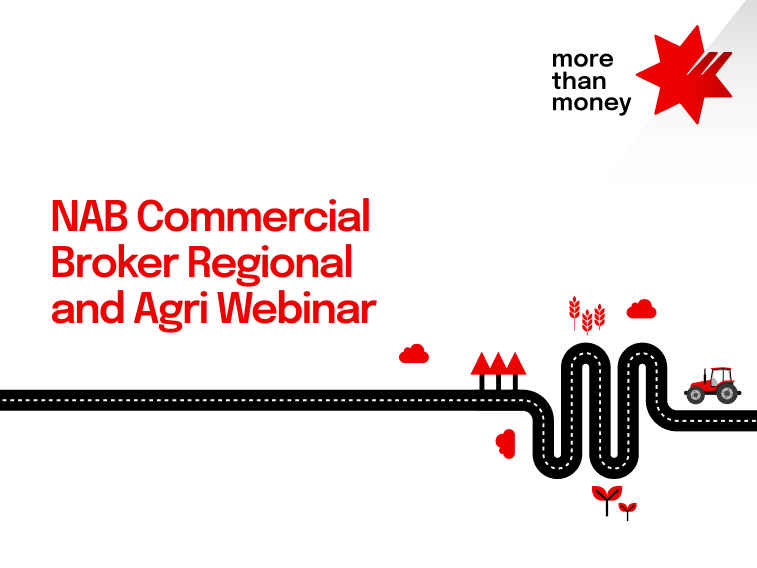An exclusive webinar to help you deliver the best outcomes for your R&A business. Watch now.


Webinar
TNB TULIPS, in Victoria’s Monbulk, explains how rolling out an innovative automation system has helped its business bloom.

TNB TULIPS was established in 1960 by Netherlands-born tulip growers, Dick and Judy Bakker. Their son Nick and his Dutch-born wife, Els, have been the owners of the business since 1990. To save time and effort, the business has implemented an innovative automation system where crates of planted tulips bulbs are sent along a conveyor belt through a vibrating fertiliser hopper and a watering station. The 22 crates move into a single container, which is then driven into the glasshouse. Via the glasshouse automation system, using a touch screen, every day the containers are moved to the same position for picking of flowers, or rotated past a watering station.
We’d been watching glasshouse automation developments for a decade and we made the decision to implement the new system in 2009. Two Dutch companies were involved – Potveer Floricultural Machinery and Van Zaal Glasshouse Automation. One of the owners of Potveer spent 10 days at our premises to make a computerised scale drawing of the new system, as it had to fit into our existing glasshouse and sheds. The contract was signed in June 2009 and by November that year, five shipping containers arrived with all materials, along with engineering and IT crews from both companies. By February 2010, the system was operating.
Cost savings for the first 12 months equalled 25 percent of the payroll. In terms of time savings, heavy duties are now a thing of the past. Each season, about 50,000 25kg crates of planted bulbs are now lifted from the cool room into the glasshouse by machinery instead of by hand to continue their growth process. Also, machinery is now used to empty and wash the crates once the tulips are picked.
Tulip growing for 10 to 11 months of the year is a high capital investment business and needs careful planning. It also requires expertise and close monitoring of the crop seven days a week to produce a quality, high yield. We also grow some of the more difficult and expensive varieties and our yields for these, after years of trial and error, are now generally profitable. We pick twice a day, looking for the development stage of the bud. At the bunching line, we grade for uniform colour and remove any flowers below standard.
Price setting is a judgement call made by us. Flowers picked need to be sold within a few days and supply is fairly constant. We aim not to oversupply our own market, as an oversupply will put pressure on the price. There are always times during the season when there’s no profit or we run at a loss, but as these periods shift every year, we keep a constant supply during these months and take a price average.
Our sales are geared to the top-quality end of the market. We closely monitor demand from wholesalers, adjusting colour range and production accordingly. Increases in production are only done when there’s a proven shortage for at least two seasons. Our increase in volume is always slightly less than the shortage calculated as increasing the size of your business doesn’t always equate to equal or more profits.
There’s seasonal supply of the tulip bulbs – September/October arrival for the Dutch bulbs and December from our own stock grown in Tasmania – so all planning and ordering of tulip bulbs for the following year’s flower production has to be done eight to 12 months in advance.
Know your product, know your market, ensure buyers are financially viable, establish agreed payment terms (yours, not theirs), and then ensure buyers adhere strictly to the terms. And if they need reminding too often, stop supply!
© National Australia Bank Limited. ABN 12 004 044 937 AFSL and Australian Credit Licence 230686.